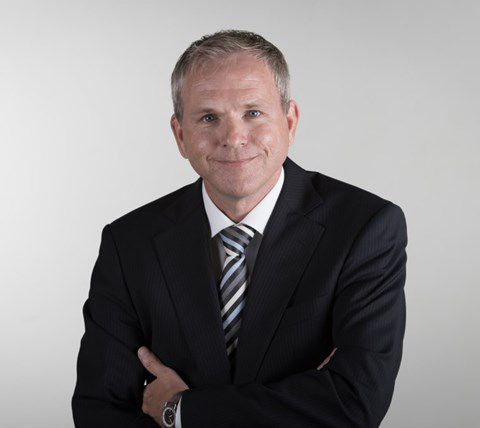
Lock and locking technology in light of the current digitalisation trend


Many security technology manufacturers, specifically in the field of locking system and lock solutions, are currently facing a shift in focus. While previous milestones in development focussed mainly on the hardware (e.g. secure and modular system components or lock mechanisms for doors), much more complex requirements must be taken into account today. Convergence, i.e. the optimal interplay between different security systems in a building as a whole, is a major topic in this area, which is occupying the sector.
Expert Detlef Sprenger, Head of R&D for the KESO brand at ASSA ABLOY (Schweiz) AG, believes that this is due to what he sees as the three most important digitalisation trends at the current time: the growing need for standardisation concepts, the rapid development of IOT (Internet of Things) and the increasing, now omnipresent Cloud Computing and the associated issues surrounding the protection of sensitive data. "While the focus was previously on the pure product, a much more systematic approach is required today and we have to think outside the box", explains Sprenger. Customers want a single and extremely flexible building system, which they can use for controlling access, lifts, air conditioning systems, cash management, CO2 monitoring, fire alarm and escape route technology and much more via the same management software.
Standardisation concepts are in demand
Key word: convergence. Even though demand for these types of solutions has increased over the past few years, there are still not enough standardised solutions on the market. The good news is that, along with research and development, practically all big players on the market are searching intensively for uniform integration standards that can be established globally. "Manufacturers have already adopted this approach and are offering their customers completely standardised and future-proof system solutions in the RFID technology used. The demand for ISO-based and secure RFID technologies is constantly increasing in the physical access area and will mean that the systems on offer in this field will have to comply with the current state-of-the-art technologies. Another challenge is equipping access systems with standard communication technologies, which also work with iOS® and Android™ operating systems. This is the only way that true convergence can be achieved, where dynamic mobile solutions can also be depicted via the access system, continues Sprenger.
Triumph of IoT
We have almost become accustomed to the fact that our coffee machine speaks to us, the refrigerator reminds us what we need to buy, or the washing machine sends us a push notification asking us to use the correct amount of washing powder next time. In light of intelligent automation and virtual networking of objects, smart services and digital building management are also developing quickly, particularly in the industrial field. Detlef Sprenger is aware of the challenges this brings: "It sounds so simple, but it isn't. For an Internet of Things (IoT) to be created in a building infrastructure, generally accepted uniform standards are required here too.
The new mobile network standard 5G will make networking a wide range of applications easier. Because the new technology provides enormous data rates. A key factor here is also the high-performance bandwidth offered by 5G. This means that significantly more terminal devices can be networked on one hub in the future.
In order to include as many applications as possible in one network, not all devices are supplied with power and connected via a cable. Battery-operated and wirelessly networked solutions are required, which makes the task harder and also results in a limited service life of the relevant objects." Development work is therefore focussing more and more on extending this service life. Solutions like these with optimised energy budgets are currently undergoing intensive testing. The Things in the Internet will not be permanently live and, with some applications, will be operated via standby mode or with energy harvesting concepts. It remains to be seen whether low-power-wide-area networks (LPWAN) – a WAN technology optimized for battery-operated devices – will also take off in addition to 5G.
Client Server or Cloud Computing?
A further issue is that networked communication generates an unbelievably high quantity of data, which has to be bundled and managed sensibly – this would be inconceivable without the options afforded by Cloud Computing. The problem: Who guarantees the security of the data? The question of trust is therefore also a major focus. Many companies fear that their data may be lost or misused if they use commercial and publically accessible Cloud systems. "With KESO, we are therefore focusing intentionally on so-called Client Server applications in addition to Cloud solutions, where the data sovereignty and management remains with the customer", reports Sprenger, who is excited to see how things will develop in the future.
